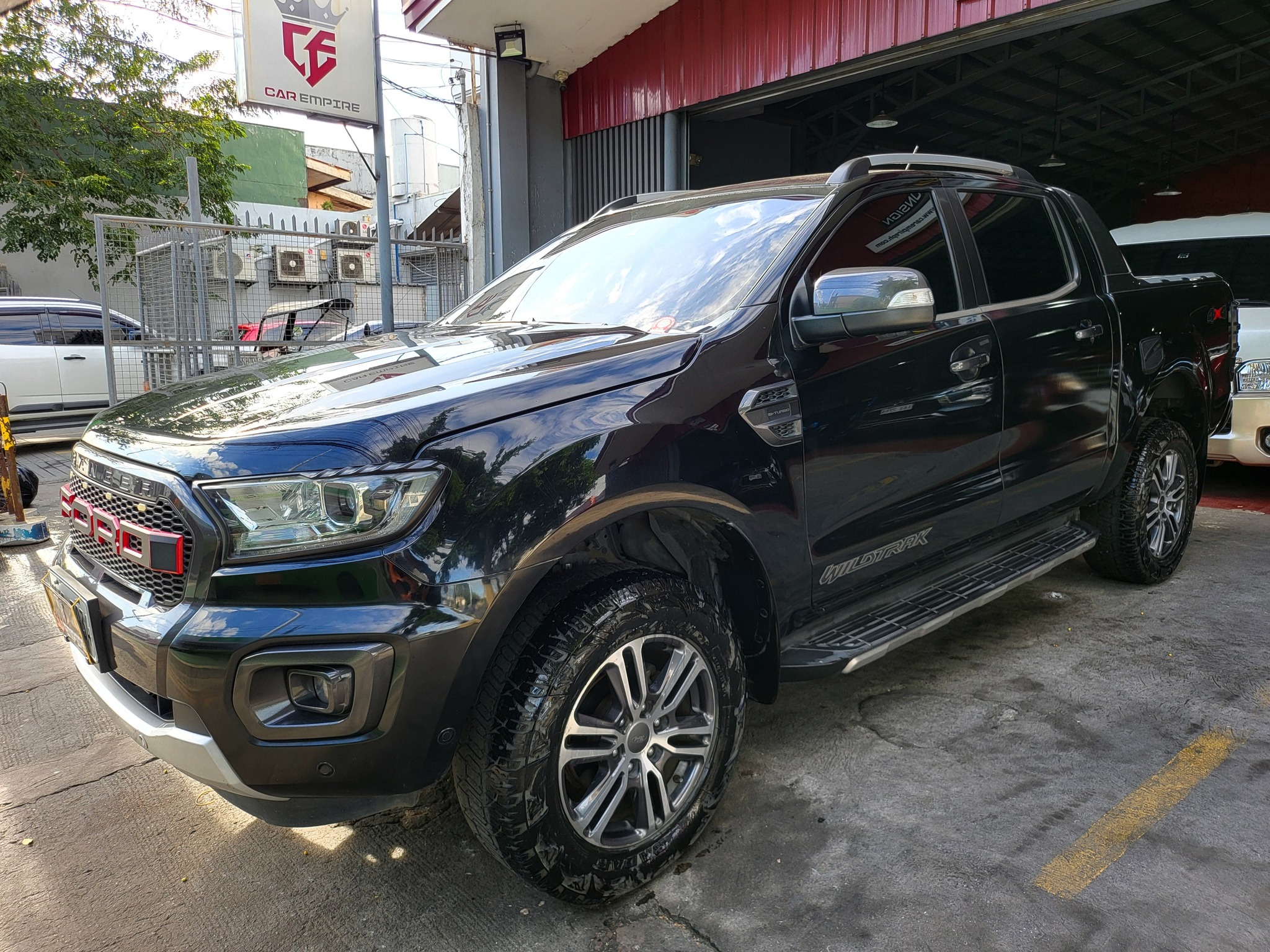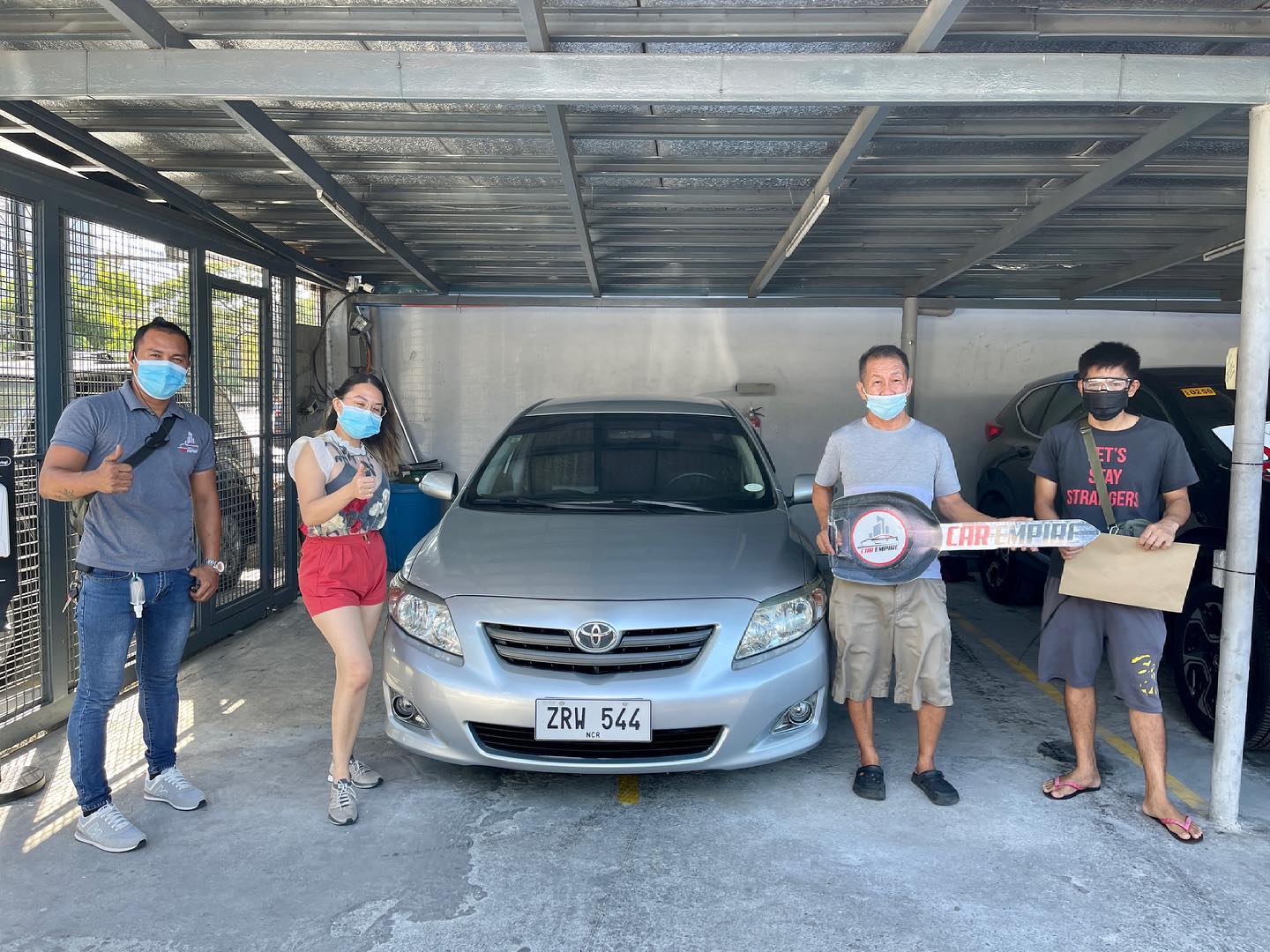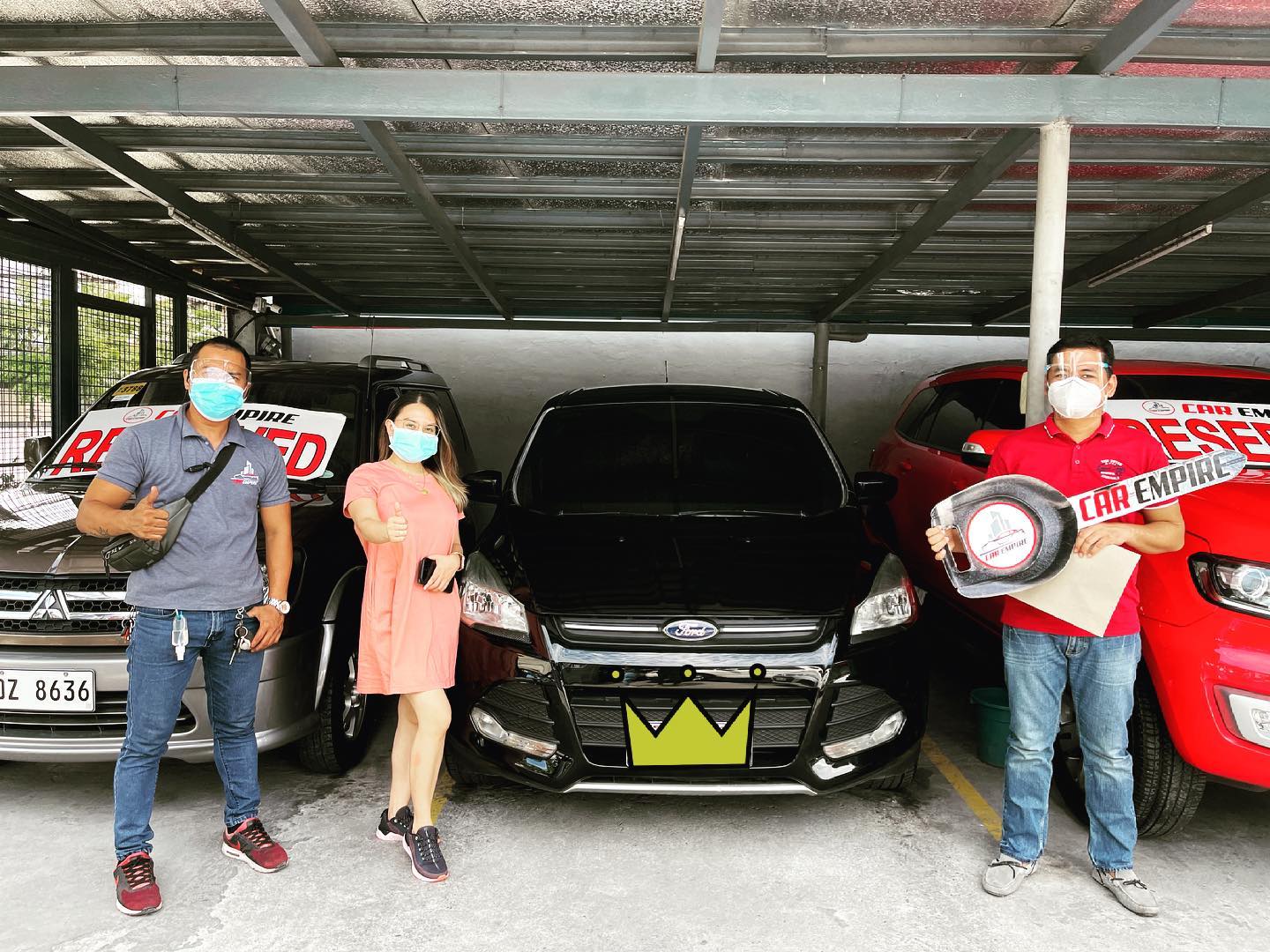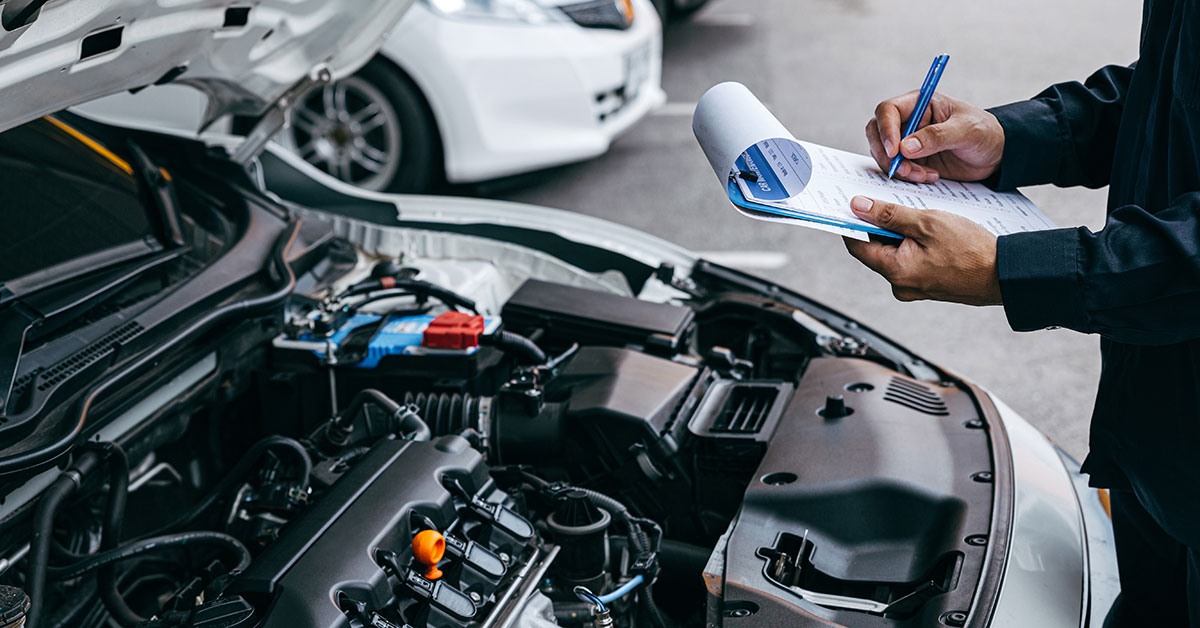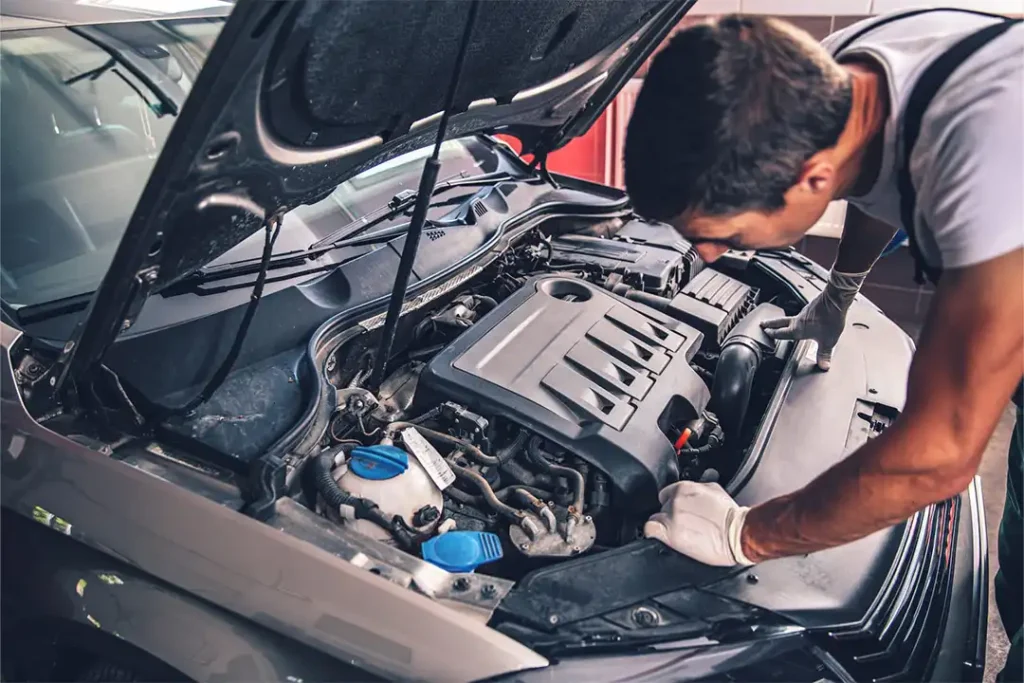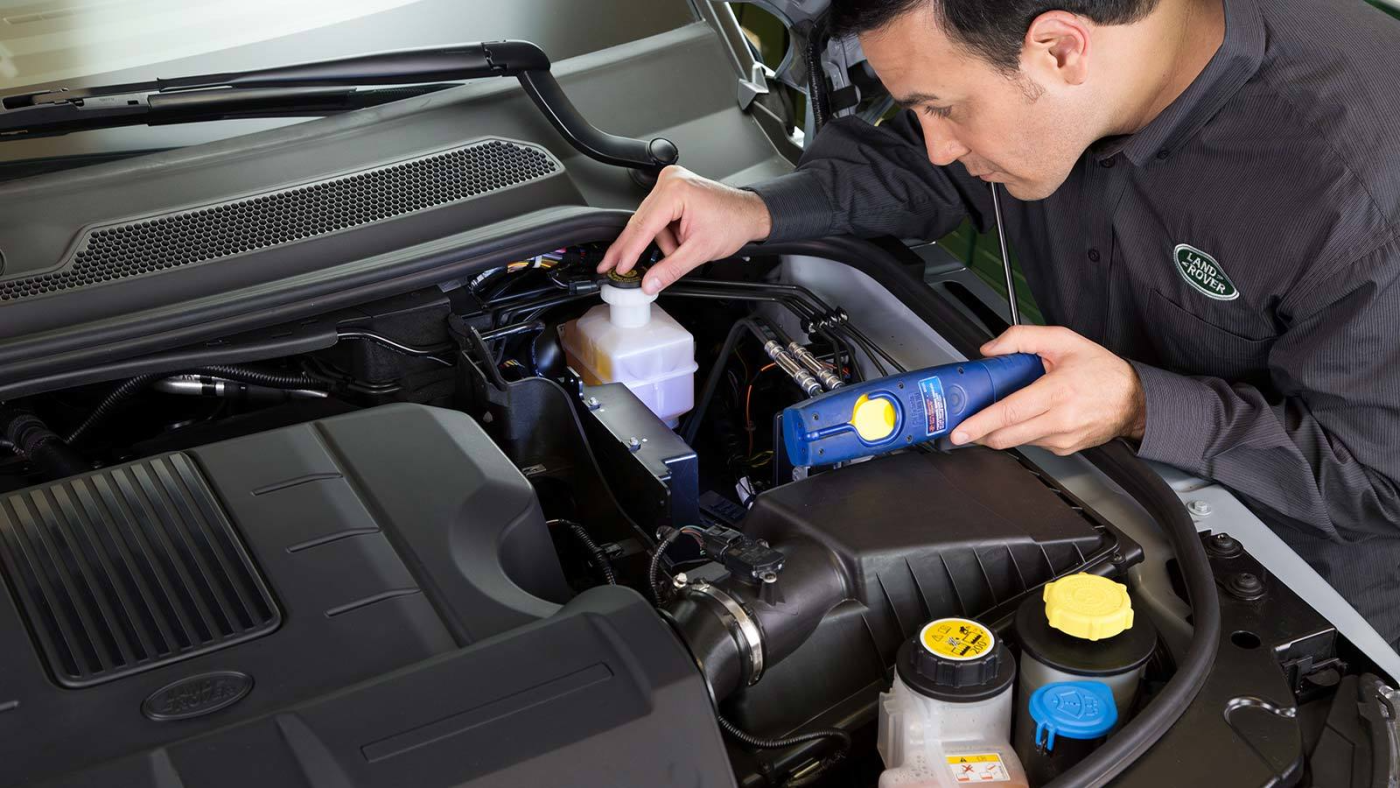Car maintenance plays a critical role in keeping your vehicle reliable, safe, and efficient. Regular upkeep not only minimizes unexpected breakdowns but also preserves the performance and longevity of your car. Whether you drive a European model, such as a Mercedes-Benz or Jaguar, or any other premium vehicle, the tropical conditions of regions like Singapore can accelerate wear and tear. This article provides a comprehensive look at effective car maintenance practices that can help you avoid costly repairs and extend your car’s lifespan.
Understanding How Climate Affects Your Car
Vehicles operate under different environmental stresses, and climate can significantly influence their condition. Hot and humid weather, for example, can cause components to deteriorate faster than usual. Extreme heat can weaken rubber seals, degrade fluids, and reduce the effectiveness of lubricants, while high humidity levels promote rust and corrosion on metal parts. European cars, known for their sophisticated engineering and design, may be particularly susceptible to these effects, necessitating more frequent checks and specialized care.
Regular car maintenance in challenging climates ensures that you catch early signs of damage. This proactive approach not only prevents small issues from escalating but also saves you from spending extra money on extensive repairs. Recognizing the unique challenges posed by the weather is the first step toward a more durable and efficient vehicle.
Core Routine Maintenance Tasks
Routine maintenance is the foundation of a healthy vehicle. Establishing a consistent service schedule can help you identify potential issues before they become major problems. Here are the primary tasks to include in your regular maintenance routine:
Oil and Fluid Management: Proper lubrication is essential for the smooth operation of your engine. Over time, oil breaks down and becomes contaminated, which can lead to engine wear or failure. Regular oil changes are a must, and it’s advisable to follow your car manufacturer’s recommended intervals. Alongside oil, checking and replacing other fluids—such as coolant, brake fluid, transmission fluid, and power-steering fluid—ensures that every component operates at peak efficiency.
Fluid levels should be checked at least once a month or before long trips, and it is important to address any signs of leaks immediately. High-quality fluids, combined with regular changes, can help maintain the engine’s health and performance, reducing the risk of overheating and other issues.
Brake System Inspection: The brake system is one of the most critical safety features of your car. Over time, brake pads and rotors wear down, and the brake fluid may need to be replaced. Regular inspections can help identify issues such as reduced braking power or unusual noises when applying the brakes.
Pay attention to any signs of brake wear, such as squeaking or reduced responsiveness, and schedule a professional service if needed. Replacing worn components and ensuring that the brake fluid is at the correct level are key steps in preventing accidents and maintaining vehicle safety.
Tire Care and Alignment: Your tires are the only part of the car that makes direct contact with the road, making their maintenance essential. Regularly check your tires for proper tread depth, even wear, and correct air pressure. Misaligned or unbalanced tires can lead to uneven wear and affect the handling of your car.
Rotate your tires as recommended by the manufacturer to extend their lifespan and maintain optimal performance. A professional alignment check is also crucial, as it ensures that your car handles predictably and reduces the risk of tire blowouts or other issues related to poor alignment.
Special Considerations for Premium Cars
Premium vehicles, especially European models like Mercedes-Benz and Jaguar, demand a higher level of care. These cars are built with advanced engineering and require specialized servicing to maintain their performance and luxury feel.
Common Faults in Premium Vehicles: European vehicles are often equipped with high-end technology and sophisticated components. Common issues can include electrical glitches, sensor malfunctions, and wear on high-performance suspension systems. Because of their intricate design, problems in these cars can sometimes be subtle, making early detection through regular maintenance even more critical.
Advanced Diagnostic Tools: Modern service centers use state-of-the-art diagnostic equipment to pinpoint issues that may not be immediately visible. Advanced scanners and diagnostic tools can detect problems early, ensuring that repairs are timely and cost-effective. Using these tools helps maintain the precision and performance expected from premium vehicles, giving owners peace of mind knowing that their investment is well cared for.
Importance of Genuine Parts and Warranty Coverage: When it comes to premium cars, using genuine parts is not just a recommendation—it’s essential. Genuine components are designed specifically for your vehicle and can make a significant difference in performance and longevity. Moreover, many reputable service centers offer warranty coverage on repairs that use original parts, providing an extra layer of assurance that the work will stand the test of time.
Selecting a Service Provider
Choosing the right service provider is as important as performing the maintenance itself. With a range of options available, it can be challenging to decide where to take your car. Here are some factors to consider when selecting a service provider:
- Technician Expertise: Look for garages where the technicians are highly trained and experienced, especially in servicing premium and European vehicles. Expertise in advanced diagnostic techniques is a major plus.
- Equipment Quality: Service centers equipped with modern diagnostic tools and up-to-date repair equipment can more accurately diagnose and fix issues.
- Transparent Pricing: A reliable service provider offers clear pricing and does not hide the cost of parts or labor. This transparency builds trust and ensures that you are aware of all costs upfront.
- Customer Reviews and Testimonials: Look for reviews and testimonials from other vehicle owners. Positive feedback and high ratings can indicate that a service provider consistently delivers quality work.
- Warranty Policies: Providers that back their work with a warranty on genuine parts and services can give you additional peace of mind.
A well-chosen service provider can act as a true partner in maintaining your vehicle, ensuring that all maintenance tasks are performed to the highest standard.
Premium Servicing in Singapore
Singapore’s climate presents unique challenges for vehicle owners. High humidity and intense heat can accelerate the wear of even the best-engineered cars, making regular and specialized servicing a necessity. In Singapore, service centers that specialize in premium cars offer a range of packages—from basic oil changes to comprehensive full-service packages—designed to address both routine and complex maintenance needs.
Service centers like Kee Yong Auto, with over 30 years of experience, have built a reputation for meticulous attention to detail and a commitment to quality. Their team of expert technicians uses advanced diagnostic tools to quickly identify issues and ensure that every repair is carried out with precision. Such centers are known for offering transparency with parts and equipment, ensuring that customers understand the process and have confidence in the longevity of the repairs.
For owners of European cars, these specialized services are invaluable. Regular servicing not only keeps the vehicle running smoothly but also extends its lifespan, ensuring that it remains a reliable mode of transportation even under harsh climatic conditions.
Cost-Saving Maintenance Strategies
Investing in regular car maintenance can lead to significant long-term savings. By preventing minor issues from developing into major problems, you avoid expensive repairs and the inconvenience of breakdowns. Here are some cost-saving strategies:
- Preventive Care: Establish a strict maintenance schedule based on your vehicle’s specific needs. This proactive approach helps identify wear and tear early, reducing the risk of catastrophic failures.
- Seasonal Checks: In regions with extreme weather conditions, perform seasonal checks to ensure that your car is prepared for the challenges ahead. For example, before the rainy season, inspect the brakes and tires to ensure they can handle wet conditions.
- DIY Inspections: While professional servicing is critical, there are simple tasks you can perform yourself. Regularly checking fluid levels, inspecting belts and hoses, and ensuring that your lights are functioning properly can catch issues early.
- Digital Maintenance Logs: Keep track of your service history using digital logs or mobile apps. This record not only helps you remember when the next service is due but also provides valuable information for future repairs or when it’s time to sell the car.
By adopting these practices, you not only preserve the performance of your vehicle but also keep your maintenance expenses manageable.
DIY Checks Between Professional Servicing
While professional maintenance is essential, there are a number of simple checks you can perform at home to ensure your car remains in good working order. These DIY checks include:
- Visual Inspections: Regularly inspect your vehicle for any obvious signs of wear or damage. Look for cracked belts, worn-out hoses, and any leaks under the car.
- Fluid Level Monitoring: Check your oil, coolant, and other fluids regularly. Low levels or dirty fluids can be early indicators of a problem that needs professional attention.
- Tire Pressure Checks: Use a tire pressure gauge to ensure that your tires are properly inflated. This not only improves safety but also enhances fuel efficiency.
- Light and Signal Functionality: Make sure that all your lights, including headlights, brake lights, and turn signals, are operational. Faulty lights can lead to dangerous situations, especially at night or during inclement weather.
- Battery Health: Inspect your battery for corrosion or loose connections. If you notice any issues, consider having the battery tested at your local service center.
These simple maintenance tasks can help keep your vehicle running smoothly between professional servicing appointments.
Takeaway
Effective car maintenance goes beyond simple upkeep—it’s an investment in your vehicle’s reliability, safety, and long-term value. By staying proactive with routine checks—such as monitoring fluid levels, inspecting brakes and tires, and performing seasonal inspections—you catch potential issues early and avoid costly repairs down the road. For owners of premium European models, leveraging advanced diagnostics and genuine parts ensures that every service appointment preserves the precise engineering that defines brands like Mercedes‑Benz and Jaguar.
Embracing a balanced approach—combining professional servicing with easy at‑home inspections—keeps your car performing at its best, even under challenging climatic conditions. Establishing a clear maintenance schedule, whether through digital reminders or a detailed service log, helps you stay on track and maximizes the lifespan of critical components. Ultimately, a well‑maintained vehicle not only delivers peace of mind but also enhances fuel efficiency, driving comfort, and resale value.
Ready to protect your investment? Schedule your next service today with a trusted specialist who understands the nuances of premium car maintenance. Regular care now means fewer headaches later—and a smoother, safer ride for years to come.

